Share
Share
Clandestine Gardens
Season 1 Episode 1
Amanda Mackay hosts the premiere episode of Growing Exposed, the show that takes you inside the world of marijuana growing and introduces you to some of the characters behind these gardens. Created by film producer Jeremy Deichen, this series takes a look into the once underground world of marijuana production; documenting garden tours, revealing product tips, and reviewing products and practices.
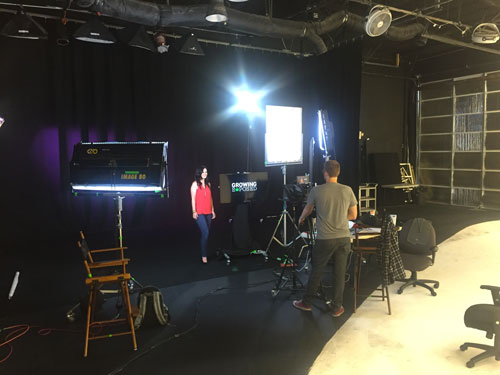
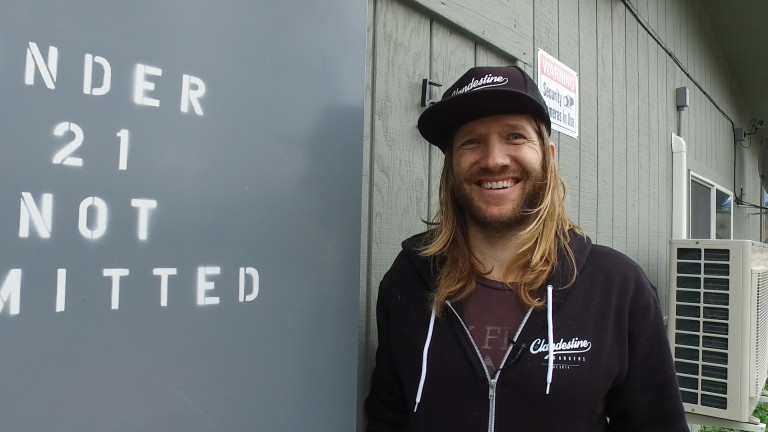
You won’t see any high tech innovations at Clandestine Gardens, and that’s exactly how the owner, Ian Kaplan, likes it. Ian is a down-to-earth guy who prefers things to be done the old-fashioned way.
His set up is labour-intensive and his team is hard-working, but that doesn’t mean they don’t have fun. Ian, along with his wife, brother, and crew don’t mind getting a little dirt under their fingernails to grow some of the highest quality cannabis around.
Clandestine Gardens used to be an old mushroom farm before Ian took it over. It features twelve rooms in total, two specifically for vegging and ten for flowering. This set up was chosen so that Clandestine can harvest one room a week on a ten week flower cycle, taking down a room every Monday and transplanting every Tuesday.
As a smaller farm, they produce an an average of 12-20 lbs per room. The system runs efficiently with just enough time for the trim crew to finish up a week’s worth of work before moving on to the next one, which means there is always work to be done and there is no need to switch crews. The advantage with this system is that they can run twenty or more strains with multiple strains per room. As opposed to growing a single room containing only one strain, Clandestine Gardens is able continuously offer a consistent variety of high-quality cannabis for various needs, whether it be a sativa, indica, or hybrid strain.

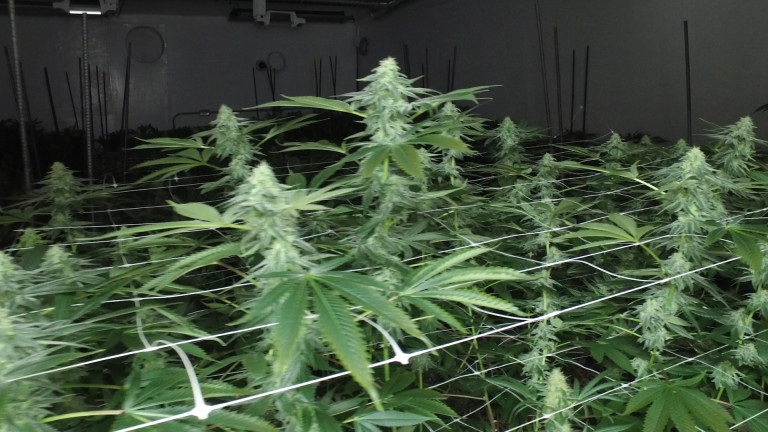
Storing all these plants isn’t easy, however, and Ian’s propagation room gets crowded fast. Because of this, he doesn’t like to keep many mother plants, but holds on to and rotates out mothers whose genetics they don’t want to lose. Ian chooses an arsenal of different strains with close to 7000 different cannabis plants.
They veg for one week in beds before they put them to flower, and about three days after the plants are put to flower, they save two sets of clones from each plant. When the branches are healthy and thick and getting ready to be flipped from veg to flower, Ian calls it “rhubarbing”. When they are flipped, he prefers them to be fully “rhubarbed”, which is achieved by constant pruning.
Clandestine Gardens brings in all the genetics they want, some are clone only, and some come from a lot of seed stock. Clandestine supplies staple strains that consumers want the most, which are: Vietnamese Black, LA OG Kush, Velvet Kush, The White, Pineapple Express, Grandaddy Purple, Amnesia, 9lb Strawberry, Rainbow Kush, ATF, Cotton Candy, Ghost, Maui Wowie, DJ Short, Hindu Kush, Green Crack, Hawaiian Treat, Platinum Girlscout Cookies, Jackpot, and more. In each room they introduce four new strains from their seed stock every time in hopes of creating some great genetics.
When Clandestine Gardens was converted over from the mushroom farm, Ian added a skate ramp / break room to liven things up. What he didn’t change, however, was the large wooden grow tables that existed within the building. These tables-on-wheels are packed so tightly accessibility can become an issue, so when they want to work on the plants they have to roll them out into the hallway like a big game of Tetris and hand water each bed. The process is quite labour intensive, but traditional is the way they like to keep it, with the addition of LED (light emitting diode) lights and HPS (high pressure sodium) grow lights.
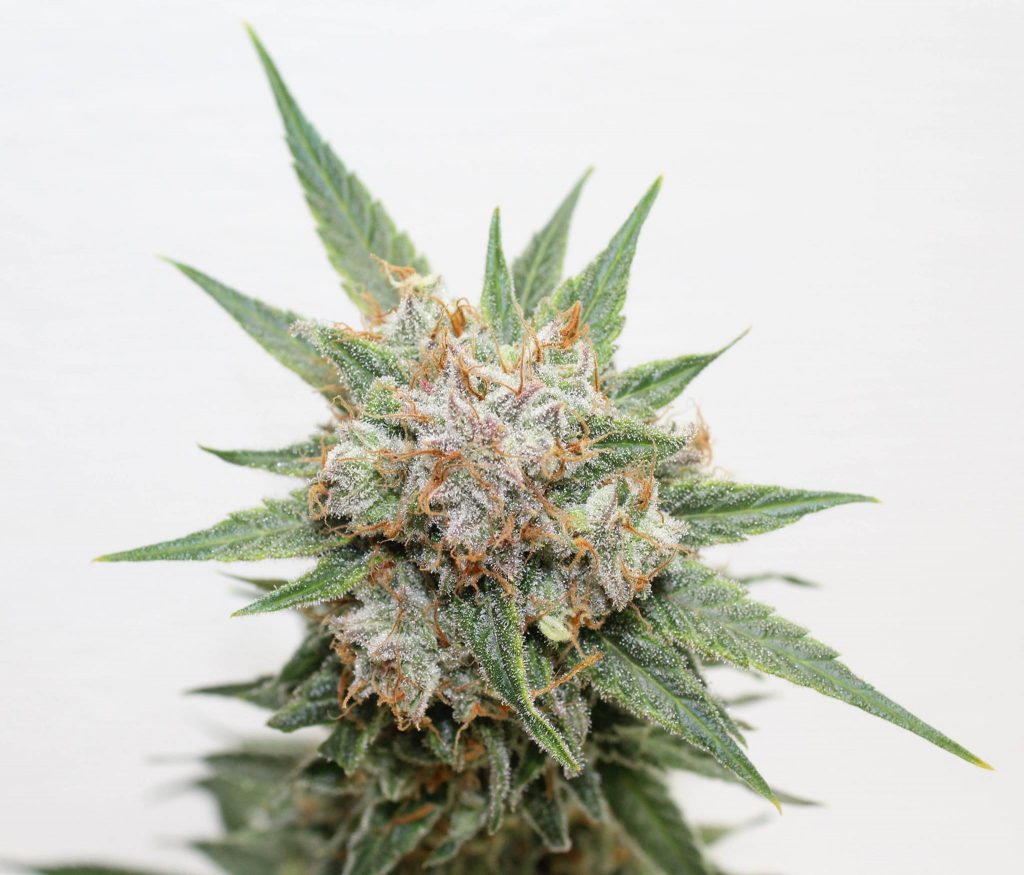
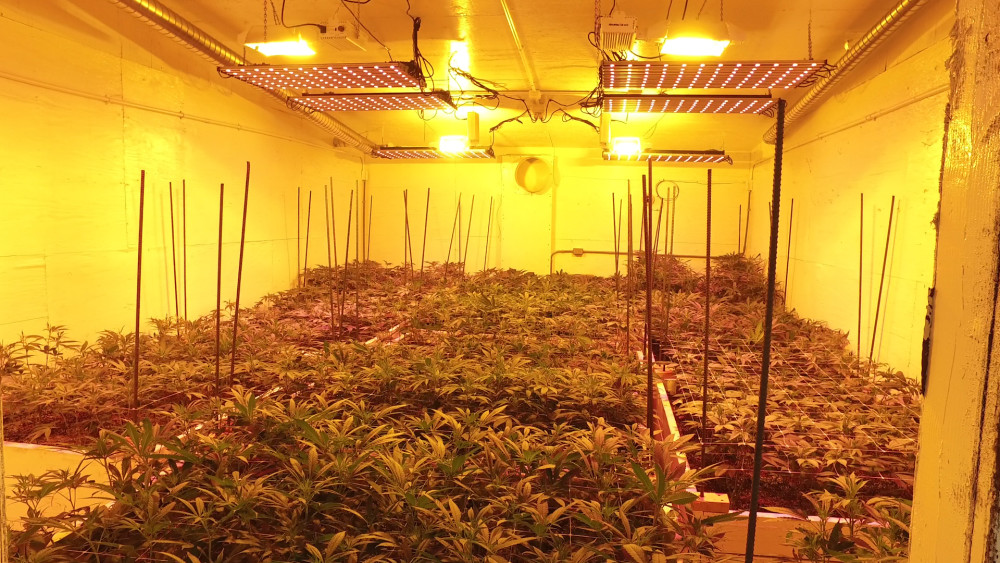
Everything from this set up has involved a real hands-on approach, and when it comes time for harvesting & packaging, it’s no different. The crew hand trims as the product is hung to dry for several weeks.
What’s also great about Clandestine Gardens is their packaging, which is as unique as the strains they carry. The packaging is custom hand-drawn from a Brazilian artist they found on Instagram, and the back sticker with the strain name is hand applied. It’s this extra care and attention to detail that has created a loyal base of customers that has them selling out daily.
Ian may be a commercial grower, but everyone looking to grow cannabis, or any plant for that matter, is getting the maximum yield from your crop.
The number one question that David Robinson, author of the Grower’s Handbook, is asked is how to grow high quality cannabis. He advises people that the number one factor that goes into maximum yield is genetics, the number two factor is environment.
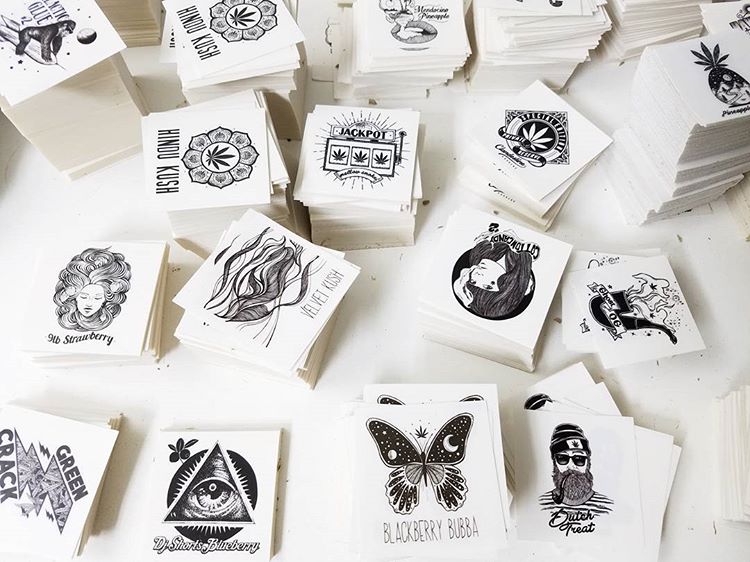
Grow-ops should be customized to how your plants want to grow, whether they grow tall, short, fat or anything in between. There are specific circumstances which determine the best system and there are many factors that come into play, the main being the size of the operation and the ideals of the gardener.
If a gardener is set on having an organic garden, then the best choice would be a drained waste dirt medium that one can amend, recycle, use compost and be as natural and eco-friendly as possible. For a large commercial operation, where labour is a major concern, then a top feed drip with a coco medium which can be operated on a large scale without a lot of labour is the best choice. There isn’t one right system that is the holy grail of growing cannabis– David has seen the best yields out of every system there is and the worst yield out of every system there is.
Knowing the ins and outs of the chosen system and it’s potential pitfalls is important so that protection from those pitfalls is possible. The gardener should understand what that plant actually needs, as far as oxygen in the top third of the root zone, nutrients in the bottom third, water, and aeration. All of these aspects come into play, and when we actually understand what a plant needs, we can manage any system to grow the best high quality cannabis.


